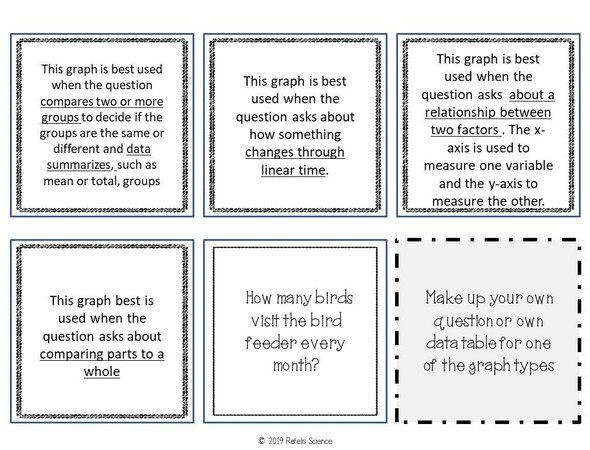Description
Interpreting History (updated to the latest curriculum revisions in May 2025) is a unit created to align with Section 2 of “Time and Space” in the new Alberta Grade 5 social studies curriculum. It’s completely laid out with teacher notes and a sequence of activities, so very little prep is required by the teacher.
This resource includes:
-
Teacher Notes
-
Student Notes
-
Suggested YouTube Videos
-
Terracotta Army
-
How Do You See It?
-
Primary or Secondary Sources of Information
-
Social Scientists and the Rosetta Stone
-
Research Project
-
Quiz
-
Answer Keys
The curriculum standards included are:
Knowledge:
-
Social scientists (historians, archaeologists, anthropologists, geographers) study evidence of ancient civilizations to learn about the past.
-
Interpretations of the past can evolve based on new evidence and technology.
Understanding:
-
Legacies of ancient civilizations continue.
Skills and Procedures:
-
Compare the work of historians, archaeologists, anthropologists, and geographers.
-
Distinguish between primary and secondary sources.
-
Compare information provided by primary and secondary sources.
-
Imagine ways that advancements in technology could change interpretations of history.
Check out Off the Page for more resources.
















